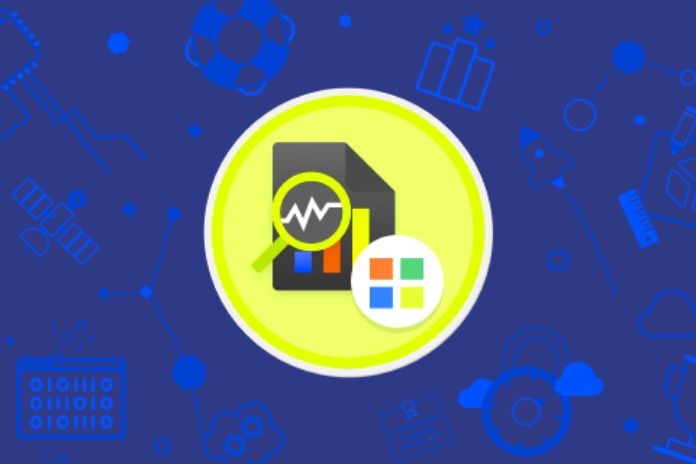Understanding the influence of big data analytics in today’s corporate environment is not a complicated task, as practically all sectors of a company insert, exchange and modify information all the time.
Data is vital to meeting operational metrics, business goals, and reputation in digital media. In this same context, the IT sector tends to deal with budgetary pressures, an immense diversity of new technologies, and, above all, a vast number of calls involving devices specialized in network and application security.
All this demand can be facilitated through the insights extracted from data analysis. Want to understand how? So, keep reading.
Why Is Data Analytics So Important These Days?
Overall, big data analytics helps organizations leverage their data and use it to identify new opportunities. This, in turn, leads to more innovative business moves, efficient operations, high profits, and happy customers. Next, let’s understand how this happens in practice; check it out.
Cost Reduction
Big data technologies such as Hadoop and cloud-based analytics bring significant cost advantages when it comes to storing large amounts of data and identifying more efficient ways of doing business.
Better Decision Making
With the speed of these tools and in-memory analytics, combined with the ability to explore new data sources, companies can analyze information immediately and make decisions based on what they’ve learned.
New Products And Services
With the ability to assess customer needs and satisfaction through analytics comes the power to give customers what they want. With data analytics, more companies are creating products to meet consumer needs.
Customer Satisfaction
With the big data boom, companies are looking for ways to use this data to improve customer satisfaction. In addition, it is also possible to check products that are doing well in the market and help develop new ones.
This also works another way: companies can streamline the product range by suggesting discarding those that aren’t working in the market. They can use insights from analytics to update or design new systems for the organization.
Support Services
IT departments can provide support services to internal customers, helping them leverage their data and unlock valuable insights to gain a competitive edge over others. This represents the integration between information technology and business.
Machine Learning
Machine learning and business analytics can be considered a perfect union. Working together, they can reduce the chance of human error as systems predict trends without explicit programming.
A day-to-day example can be Google Maps. Like Artificial Intelligence, it uses predictive analytics to predict and suggest the best way to reach a particular destination, eliminating routes with heavy traffic. IT professionals with their strong software skills can be adept at machine learning. With this in mind, analytics can contribute in a variety of ways.
Identifying Performance Issues Quickly
Big data solutions allow you to gather historical data about system performance and issues. Over time, this information can be very beneficial, helping to quickly and accurately isolate new problems.
This allows your service desk to resolve performance issues and bottlenecks without lengthy and costly troubleshooting. Often, the responses generated by data analytics are not what humans expect, leading your team to unforeseen solutions quickly and with few problems.
Detecting And Resolving Intermittent Issues
Intermittent issues are among the most difficult to track down and resolve. Sometimes it is not apparent to the viewer which series of events led to the triggering of the problem, and it is difficult or impossible to replicate the conditions to determine what is happening.
Data analytics can see through all the confusion to determine the sequence of events that leads to the problem. This can be extremely useful for identifying and correcting particularly frustrating situations within a complex system, saving work hours at your service desk.
Collecting And Using Unstructured Data
Much of the data your IT service desk has is in an unstructured form. This includes information collected during phone calls to technical support, emails, instant messages, etc. This solutions can help you gather and format this unstructured information to become useful in your IT service management solution.
Also Read: Digital Marketing Persona: The Importance Of A Well-Designed Buyer

